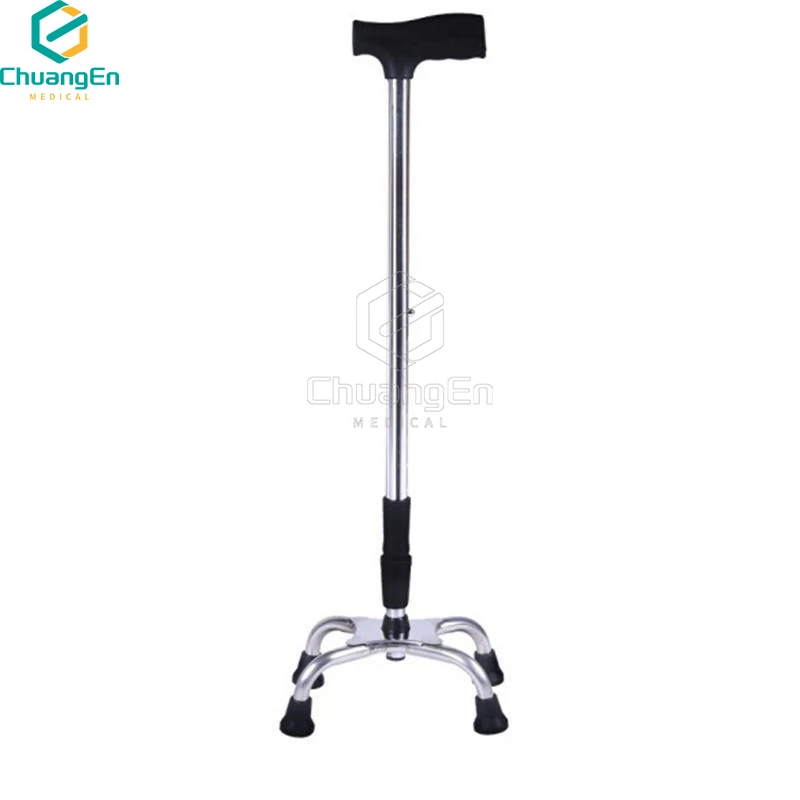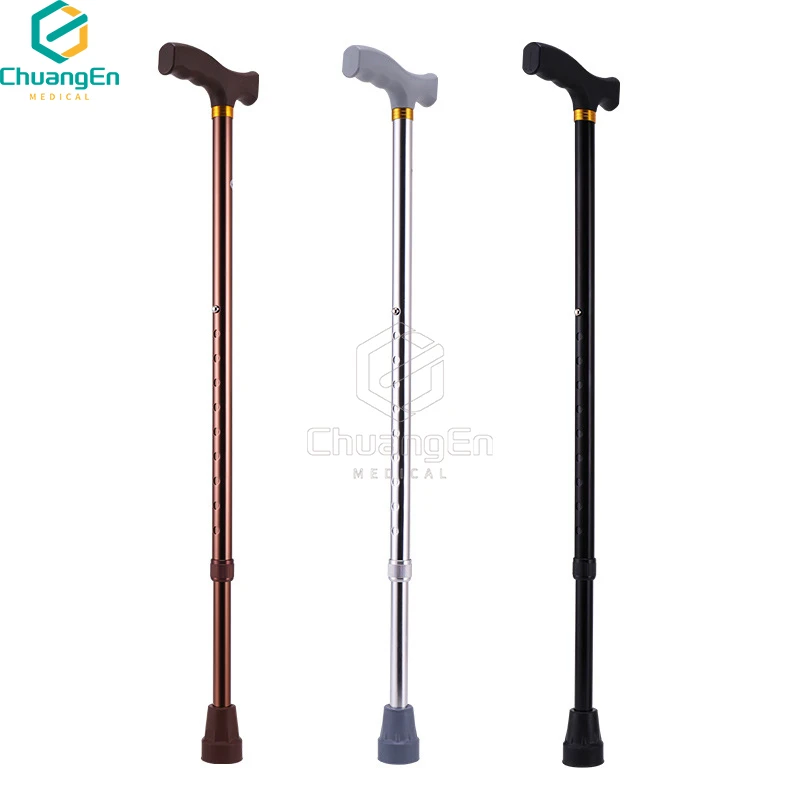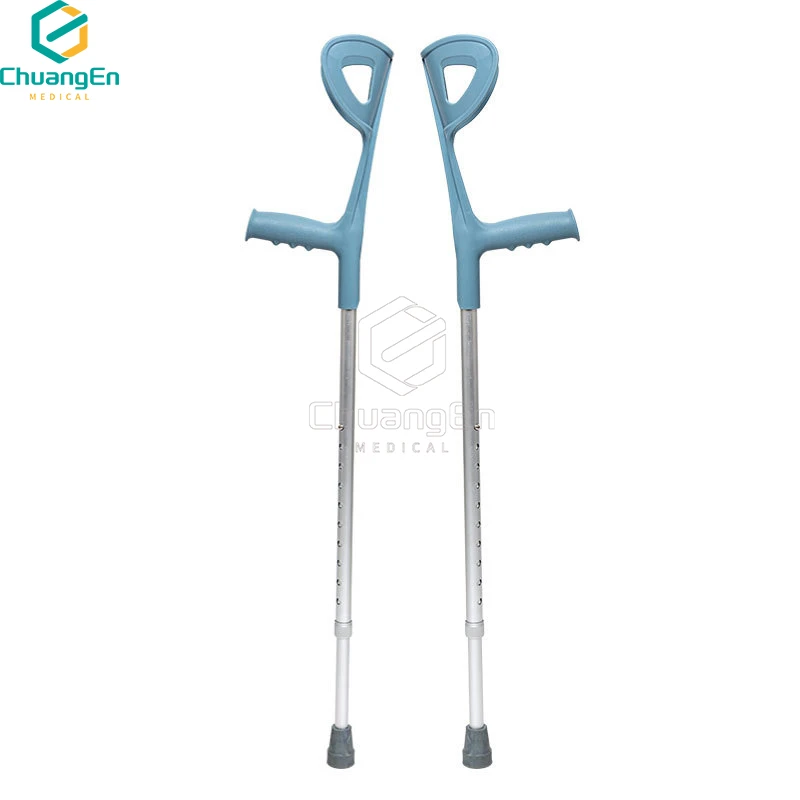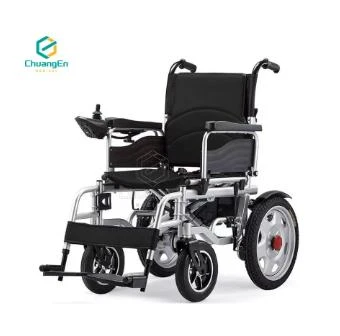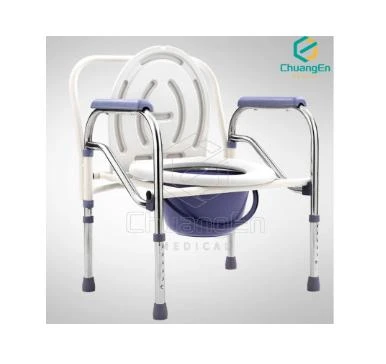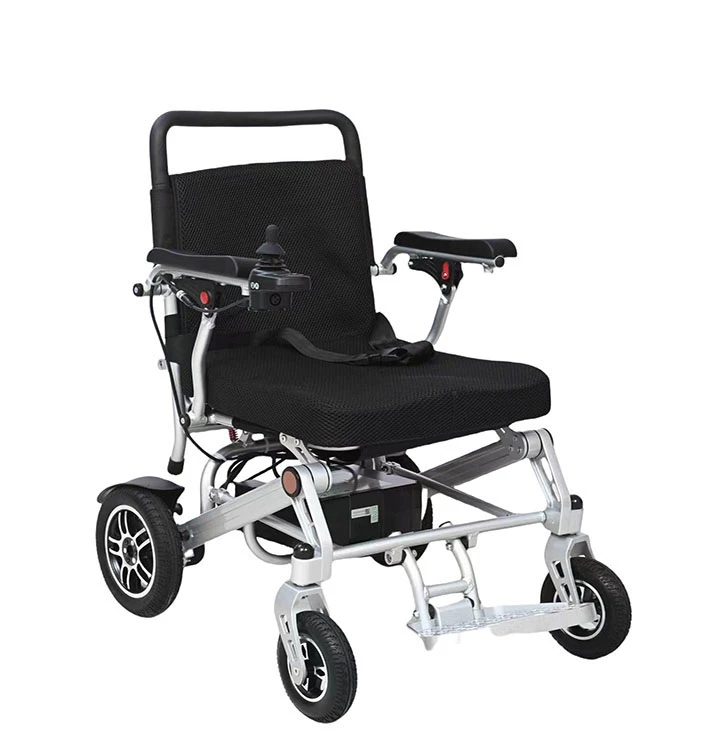Innovations in Mobility: Reshaping the walking stick Market
The global landscape of personal mobility aids is undergoing a significant transformation, driven by an aging demographic and a heightened focus on independent living. Central to this evolution are the advancements in walking stick technology. Far from being simple aids, modern iterations embody sophisticated engineering, material science, and ergonomic design, catering to diverse user needs from post-operative rehabilitation to long-term balance support. The market is increasingly demanding products that are not only functional but also lightweight, durable, and aesthetically pleasing. This shift has propelled manufacturers to innovate, focusing on solutions that enhance user safety, comfort, and overall quality of life, reflecting a broader commitment to assistive technology development.
Current trends indicate a strong move towards specialized products such as the aluminum walking stick and adjustable walking canes. These products address critical user requirements, offering superior strength-to-weight ratios and unparalleled customization. The demand for an adjustable cane is particularly high, allowing users to fine-tune height settings for optimal posture and stability. Furthermore, advancements in handle design, tip technology, and shock absorption mechanisms are continuously redefining user experience. These innovations collectively signify a mature market segment committed to precision, reliability, and user-centric design, setting new benchmarks for personal mobility.
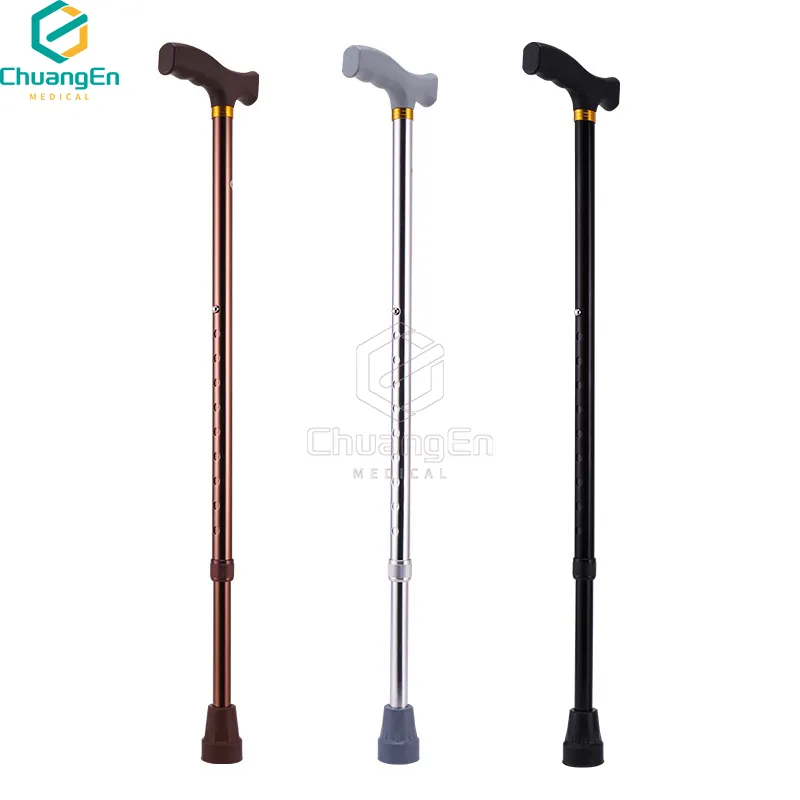
Precision Engineering: Manufacturing and Technical Specifications
The production of a high-quality walking stick involves a meticulous multi-stage manufacturing process, ensuring both structural integrity and ergonomic excellence. Typically, the process begins with the selection of premium-grade materials, predominantly aerospace-grade aluminum alloys for their optimal balance of lightweight properties and high tensile strength. This material choice is crucial for creating an effective aluminum walking stick. The manufacturing sequence involves precision extrusion of the aluminum tubing, followed by advanced CNC machining for intricate components such as adjustable locking mechanisms, handle mounts, and specialized ferrules. Surface treatments like anodization are then applied to enhance corrosion resistance, durability, and provide a refined finish.
Critical quality control measures are integrated at every stage, adhering strictly to international standards such as ISO 13485 for medical device quality management systems and ANSI/RESNA for assistive technology. This ensures that each walking cane meets rigorous safety and performance benchmarks. Load-bearing tests, fatigue endurance tests, and slip resistance evaluations for the tips are routine. The typical lifespan of a well-maintained adjustable walking stick, manufactured to these standards, can exceed 5-7 years in regular use, depending on user weight and frequency. These devices are indispensable in various sectors, including healthcare facilities, rehabilitation centers, home care environments, and general mobility aid distribution, significantly impacting patient recovery and elderly care by offering reliable support and stability.
Manufacturing Process Steps:
- Material Selection & Extrusion: High-strength aluminum alloys are extruded into precise tubular forms.
- CNC Machining: Components like shafts, joints, and handle cores are precisely machined for seamless integration and adjustability.
- Surface Treatment (Anodization): Electro-chemical process enhances corrosion resistance, hardness, and aesthetic finish.
- Assembly: Components including ergonomic handles, adjustment mechanisms, and non-slip ferrules are securely assembled.
- Quality Assurance & Testing: Each walking stick undergoes rigorous testing for load capacity, stability, and durability according to ISO and FDA guidelines.
Typical Walking Stick Parameters:
| Parameter | Specification Range | Industry Standard/Benefit |
|---|---|---|
| Material | Aerospace-grade Aluminum Alloy (e.g., 6061-T6, 7075-T6) | Lightweight, High Strength, Corrosion Resistant |
| Adjustable Height Range | 74 cm - 97 cm (29 in - 38 in) | Accommodates diverse user heights (ANSI/RESNA WC-09) |
| Weight Capacity | 113 kg - 150 kg (250 lbs - 330 lbs) | Ensures safety for various user weights (FDA CFR 820) |
| Product Weight | 0.3 kg - 0.6 kg (0.6 lbs - 1.3 lbs) | Portable, reduces user fatigue |
| Handle Type | Ergonomic, Offset, Crooked, Derby (e.g., Soft-grip rubber/foam) | Enhanced comfort, reduced hand strain, improved grip |
| Tip/Ferrule Type | Non-slip Rubber (single, quad, pivoting) | Maximized stability and traction on various surfaces |
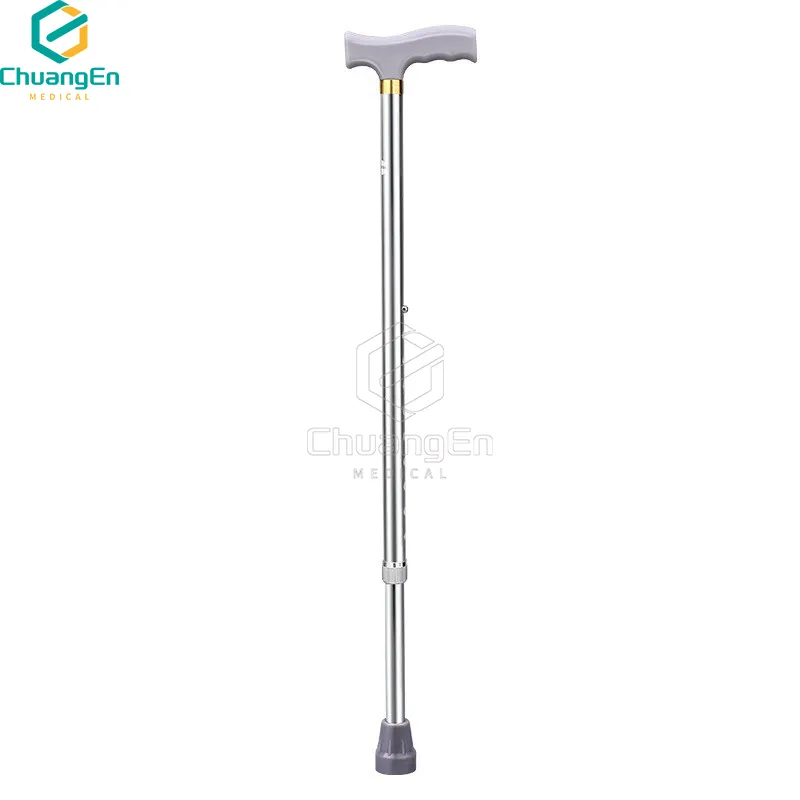
Versatile Applications and Core Technical Advantages
The versatility of the modern walking stick extends across a myriad of application scenarios, making it an indispensable tool for enhancing personal mobility and independence. These aids are crucial for individuals recovering from lower limb surgeries, offering essential support during rehabilitation. For the elderly, a reliable walking cane provides vital balance assistance, significantly reducing the risk of falls and promoting confidence in daily activities. They are also widely utilized by individuals with chronic balance issues, neurological conditions, or general weakness, ensuring stable and secure ambulation in both indoor and outdoor environments. The emphasis on adaptability, particularly with an adjustable walking stick, ensures that the device can be tailored to the specific needs of each user, maximizing both comfort and therapeutic efficacy.
The technical advantages of an advanced aluminum walking stick are profound, differentiating it from traditional counterparts. Firstly, the superior strength-to-weight ratio of aircraft-grade aluminum means users benefit from a highly durable yet incredibly light device, reducing physical exertion during use. Secondly, its inherent corrosion resistance, often enhanced by anodized finishes, ensures longevity even in varied climatic conditions or frequent cleaning regimens within clinical settings. Furthermore, precision-engineered adjustment mechanisms on an adjustable cane offer seamless height modification, allowing for optimal posture alignment and load distribution, which are critical for injury prevention and comfortable use. Modern designs also incorporate advanced ergonomic handles that reduce pressure points and improve grip, alongside multi-directional or shock-absorbing ferrules for enhanced stability on uneven terrain.
Product Spotlight: CS-03 Price cheap Telescopic aluminum crutches for the elderly
As a prime example of cutting-edge mobility solutions, the CS-03 Telescopic Aluminum Crutches (which functions as a highly capable walking stick for robust support) embodies these technical advancements. Crafted from high-strength aluminum, it offers exceptional durability while remaining remarkably lightweight, ideal for prolonged use. Its telescopic design allows for effortless height adjustment, making it a versatile adjustable walking stick suitable for a broad spectrum of users. The ergonomic handle ensures maximum comfort and secure grip, minimizing user fatigue, while the robust anti-slip ferrule provides reliable traction across diverse surfaces. This product's design prioritizes user safety and comfort, delivering a dependable solution for individuals seeking stable and adaptable mobility support, aligning with the highest industry standards for assistive devices.
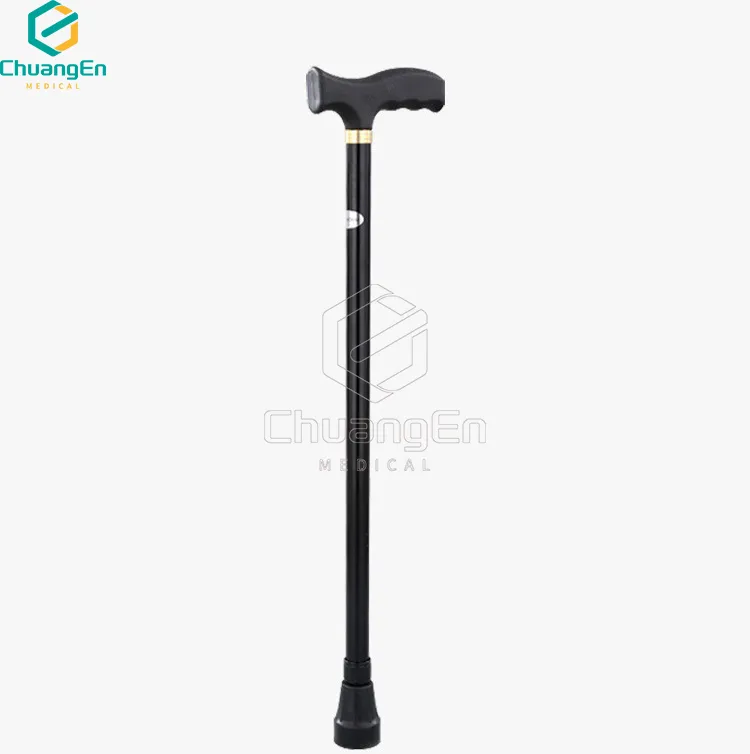
Selecting the Right Partner: Manufacturer Comparison and Custom Solutions
When sourcing high-quality mobility aids like the walking stick, selecting a manufacturer is a critical decision for B2B buyers, including healthcare providers, rehabilitation centers, and distributors. A reputable manufacturer distinguishes itself through stringent quality control, adherence to global regulatory standards, robust R&D capabilities, and a proven track record of customer satisfaction. Key indicators include certifications such as ISO 13485 (Medical Devices Quality Management) and FDA registration, signifying compliance with essential safety and performance requirements. Furthermore, manufacturers committed to continuous improvement often feature advanced materials like aerospace-grade aluminum, contributing to the superior performance of an aluminum walking stick.
Leading manufacturers also excel in offering comprehensive custom solutions for their range of walking cane products. This includes the ability to adapt height ranges for specific demographics, integrate specialized ergonomic handles for users with unique grip requirements, or even develop custom color schemes and branding for large institutional orders. Such flexibility ensures that an adjustable walking stick can meet precise client specifications, fostering stronger partnerships and market relevance. For instance, a rehabilitation clinic might require a batch of adjustable walking canes with specific load capacities or unique non-slip tips for a specialized therapy program. Reputable suppliers often provide dedicated account management and technical support to facilitate these bespoke requests, showcasing their commitment to client needs.
Comparative Analysis: Premium Aluminum Canes
| Feature | Manufacturer A (Generic High-End) | Manufacturer B (CHUANGEN MEDICAL - CS-03) | Manufacturer C (Generic Budget) |
|---|---|---|---|
| Material Grade | 7075-T6 Aerospace Aluminum | High-Strength Aluminum Alloy | Standard Aluminum |
| Adjustability Mechanism | Push-button with Locking Collar | Telescopic Push-button | Basic Pin Adjustment |
| Handle Ergonomics | Contoured, Gel-padded | Ergonomic Foam Grip | Standard Plastic Grip |
| Weight Capacity (max) | 150 kg (330 lbs) | 136 kg (300 lbs) | 100 kg (220 lbs) |
| Certifications | ISO 13485, FDA, CE | ISO 13485, CE (FDA likely for export to US) | Basic Quality Check |
Application Case Study: Enhancing Patient Mobility at a Rehabilitation Center
A prominent rehabilitation center recently integrated a fleet of adjustable walking canes, including the CS-03 model, into their post-surgical recovery programs. Previously, the center faced challenges with a lack of consistent height adjustability across their mobility aid inventory, leading to delays and suboptimal patient posture during therapy. By deploying the versatile adjustable cane, therapists could quickly and precisely adapt each device to individual patient height requirements, significantly improving gait training efficiency and reducing the risk of secondary injuries. Patients reported increased comfort and confidence, attributing faster progress to the stable and ergonomic support provided by these modern aluminum walking stick variants. This strategic adoption not only streamlined operations but also visibly elevated patient outcomes, underscoring the value of investing in high-quality, adaptable mobility solutions.
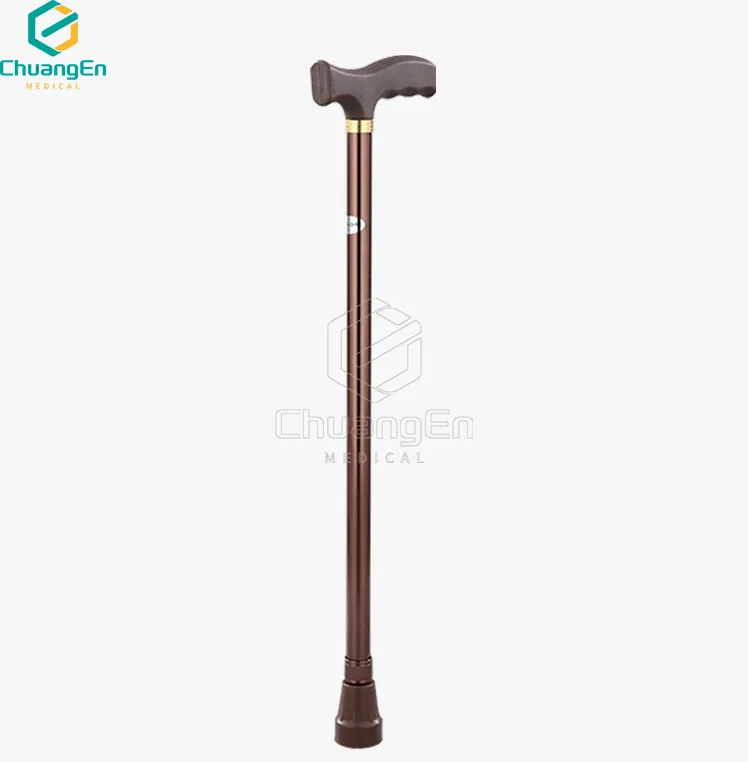
Ensuring Trust: Quality Assurance, Support, and FAQs
Trustworthiness in the medical device sector, particularly for products like the walking stick, hinges on unwavering commitment to quality assurance and robust customer support. Reputable manufacturers adhere to the most stringent international standards, notably ISO 13485:2016 for Medical Devices Quality Management Systems. This comprehensive framework ensures systematic control over design, development, production, storage, and distribution. Additionally, compliance with regulatory bodies like the U.S. FDA (Food and Drug Administration) and possession of CE markings are crucial for global market access and consumer safety. Rigorous internal testing, including static load tests, dynamic load tests, and material fatigue assessments, guarantees that every walking cane consistently performs to advertised specifications and beyond. This dedication to quality is what builds long-term confidence with B2B partners and end-users alike.
Commonly Asked Questions (FAQs):
- Q: What is the optimal height for an adjustable walking stick?
A: The ideal height positions the top of the handle at the level of your wrist crease when your arm hangs loosely by your side. This ensures a comfortable 15-20 degree bend in your elbow when holding the cane, facilitating proper weight distribution and stability. An adjustable cane allows for precise customization. - Q: How does an aluminum walking stick compare to other materials?
A: Aluminum offers an excellent balance of strength, durability, and lightweight properties, making it superior to heavier steel or less durable wooden canes. It's also corrosion-resistant and allows for telescopic adjustability, which is a key feature of an adjustable walking stick. - Q: What is the typical warranty period for your products?
A: Our mobility aids, including the CS-03 model, typically come with a 1-year limited warranty covering manufacturing defects. Detailed warranty information is provided with each product. Our commitment extends to providing comprehensive customer support throughout the product's lifespan. - Q: What is your typical delivery schedule for bulk orders?
A: For bulk orders of our walking stick products, the delivery schedule typically ranges from 15-30 business days, depending on order volume and customization requirements. Expedited shipping options are available upon request. We prioritize efficient logistics to ensure timely delivery to our B2B partners.
References:
- World Health Organization. Global report on falls prevention in older age. Geneva: World Health Organization; 2007.
- International Organization for Standardization. ISO 13485:2016 Medical devices – Quality management systems – Requirements for regulatory purposes. Geneva: ISO; 2016.
- Rehabilitation Engineering and Assistive Technology Society of North America (RESNA). ANSI/RESNA WC-09: RESNA Standard for Canes. Arlington, VA: RESNA; 2018.
- U.S. Food and Drug Administration. 21 CFR Part 820 – Quality System Regulation. Washington, DC: FDA; 2018.

